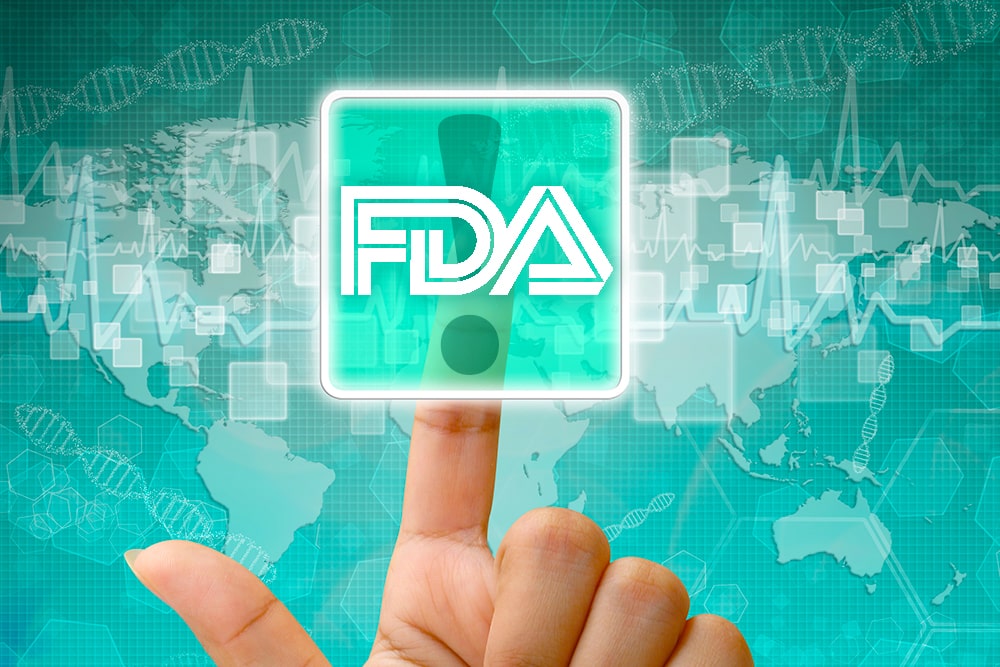The Food and Drug Administration is feeling the heat from the public concerned with whether its efforts are adequate to regulate the safety of medical devices. In response, FDA Commissioner Scott Gottlieb, M.D. recently announced steps FDA is taking to ensure the safety of medical devices. “Although medical devices provide great benefits to patients, they also present risks. And we are focusing equal attention on advancing new frameworks for identifying risks and protecting consumers,” said Commissioner Gottlieb.
He noted the FDA is considering what more it can do to better protect patients, while at the same time working closely with patients, providers, and device developers to better understand and address device risk and make sure that the agency appropriately is balancing risk and benefit “I believe that the work in this area has made dramatic differences to the millions of Americans whose lives have been saved or vastly improved by these technologies.”
Gottlieb announced the release of Medical Device Safety Action Plan: Protecting Patients, Promoting Public Health. The new Action Plan highlights how the FDA proposes to assure the safety of medical devices. The aim is to see to it that the new advances in technology that are enabling better capabilities and benefits are also harnessed to bring added assurances of safety, so that more patients can benefit from new devices and address unmet needs.
In Gottlieb’s words, here is the intent of the FDA plan:
1. Establish a robust medical device patient safety net in the U.S.;
2. Explore regulatory options to streamline and modernize timely implementation of post-market mitigations;
3. Spur innovation towards safer medical devices;
4. Advance medical device cybersecurity; and
5. Integrate CDRH’s pre-market and post-market offices and activities to advance the use of a Total Product Life Cycle (TPLC) approach to device safety.
A key part of the plan is to reorganize some FDA functions that authorize its experts to leverage their knowledge of pre- and post-market information to optimize decision-making. “All medical devices have benefits and risks. And some of these risks are better understood once the device is more widely distributed and used under real-world conditions, in broader patient populations, and by a broader range of clinicians,” commented Gottlieb.
He disclosed what some of those steps might be. He noted that the safe use of a device may require more than information in the labeling provided to physicians. “To deliver reasonable assurance of safety and effectiveness for certain highly complex technologies, we may need to require additional training or user education. To do this efficiently under our existing authorities, we’ll consider issuing an umbrella regulation to identify these devices and mandate these requirements. “
Another possibility, on a case-by-case basis, would be to invoke restricted device authority to increase patient protection for highest risk devices when such measures are needed.
The FDA Commission warned, “when the benefit-risk profile of a specific device requires us to increase our regulatory oversight, we’ll consider whether issuing an order specific to that device is the best way to impose requirements to protect patients from harm, while still permitting access to the device for those patients who may benefit from it.”
SOURCE:
https://www.fda.gov/NewsEvents/Newsroom/PressAnnouncements/ucm604672.htm

